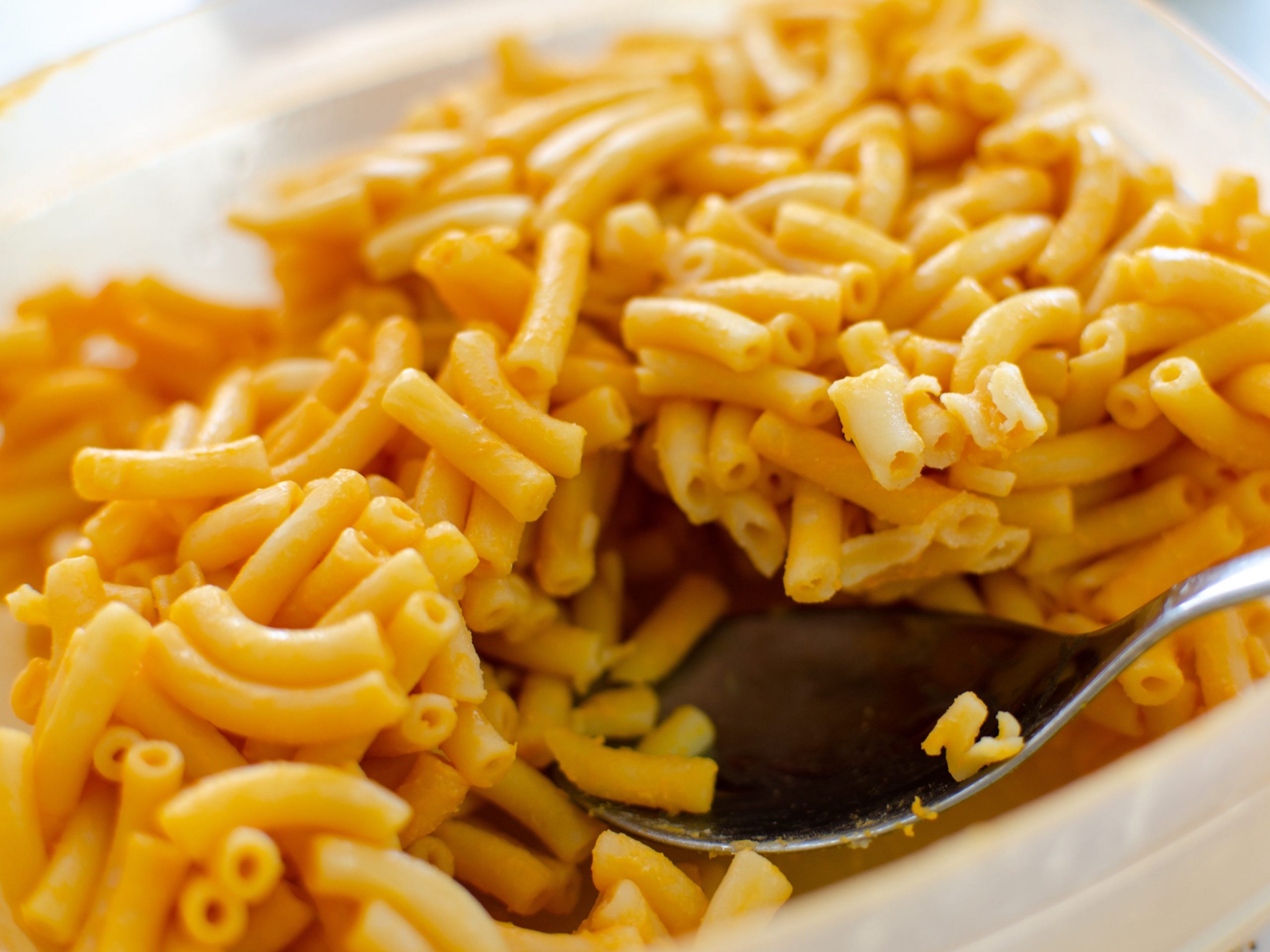- Kraft Mac & Cheese was the first pasta product to come with processed, powdered cheese.
- In 1937 alone, 9 million boxes were sold – this number would multiply five times during World War II.
- However, while Kraft Mac & Cheese is a pantry staple in the US, it’s even more popular in Canada.
- Visit Insider’s homepage for more stories.
You likely have at least one box buried somewhere in your cabinets.
However, few people actually know the backstory and cultural importance surrounding Kraft’s boxed mac and cheese.
From how many boxes are sold annually to what pasta-lovers around the world call this cheesy macaroni, here are 10 things you didn’t know about Kraft Macaroni & Cheese.
Kraft Macaroni & Cheese has been around since 1937, though similar recipes date back as far as the 1700s.

The brand was the first to market boxed macaroni and cheese. However, according to Smithsonian Magazine, the first-known recipe for mac and cheese was written down in 1769.
Kraft was the first company to patent the processed cheese powder that would make its product famous.

Although James Lewis Kraft, the inventor of Kraft Dinner, was not the first person to create processed cheese, he was the first to receive a patent in 1916.
Kraft used the patent to build his business after he encountered a salesman who had begun attaching bags of grated cheese to pasta products with a rubber band.
Kraft's creation was an instant smash hit.

In 1937 alone, 9 million boxes were sold.
The easy-to-make dinner became popular during wartime for its low price — early advertisements claimed it could feed a family of four for just 19 cents.

According to Mashed, Kraft Mac & Cheese grew in popularity during World War II, when two boxes of Kraft Dinner could be purchased for one rationing coupon.
Because of its low price - and ability to satisfy people's cravings for dairy in a time where those products were hard to come by - some 50 million boxes were sold in 1943.
Today, roughly a million boxes of Kraft Mac & Cheese are sold every day.

Besides the iconic elbow noodle shape, the brand's top-selling noodle at one point was the SpongeBob SquarePants variety.
There are currently four flavors of Kraft Mac & Cheese on the market.

These include Kraft's original recipe, also referred to as "The Cheesiest," Thick n' Creamy, three cheese, and white cheddar.
In 2015, Kraft announced it would remove artificial yellow dye from its boxed dinner.

While the distinct yellow color of Kraft Mac & Cheese is undeniably nostalgic, many criticized the company's use of artificial dyes.
One such critic was mom and food blogger, Vani Hari, who runs the site Food Babe. After starting a petition in 2013 to get Kraft to remove the dyes from its food, Hari's Change.org page received more than 348,000 signatures.
In 2015, Kraft removed all artificial flavors, preservatives, and synthetic colors from its boxed mac and cheese, using paprika, annatto, and turmeric instead.
Kraft Mac & Cheese is called different things around the world.

The product is known as Kraft Dinner, or KD, in Canada. In the United States and Australia, it's called Kraft Macaroni & Cheese or Kraft Mac & Cheese. Brits, on the other hand, call the boxed macaroni and cheese "macaroni cheese" or "cheesy pasta."
In fact, it's one of the most beloved foods in Canada.

According to Global News, Canadians buy 1.7 million of the 7 million boxes, or around 24%, of Kraft Dinner that is sold every week around the world. The country's annual consumption of the pasta dish is also 55% higher than that of Americans.
One Kraft-Heinz factory in Montreal is working around-the-clock to suit the demands of consumers during the coronavirus pandemic.

According to Food & Wine and Canadian news station CTV, since a pandemic was declared over COVID-19, Kraft Heinz, the company that makes Kraft Dinner, saw a 35% increase in demand for the product.
Now, the lines at this one factory are "running 24/7" and producing more than 4 million boxes of the pasta product per week.
